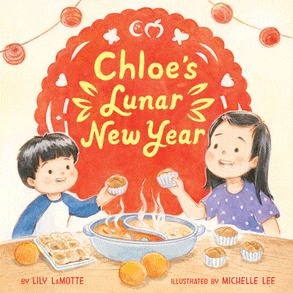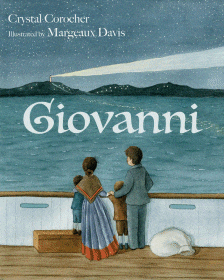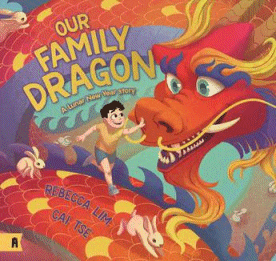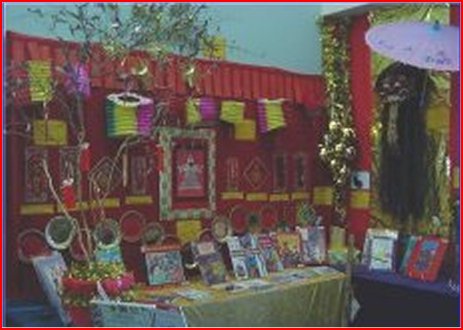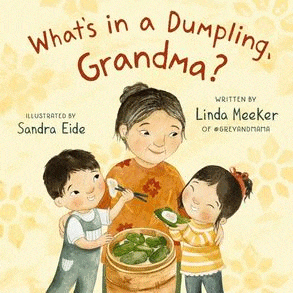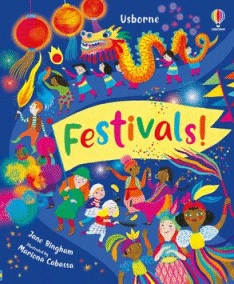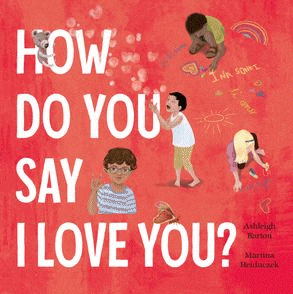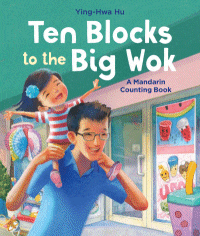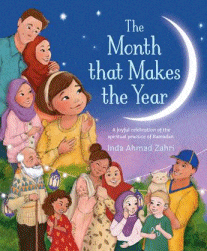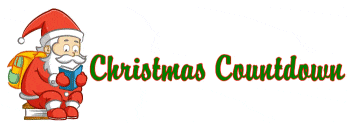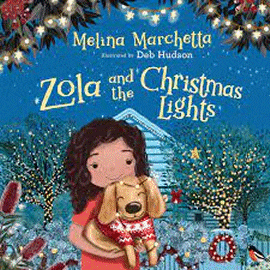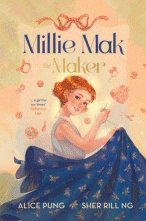
Millie Mak the Maker
Millie Mak the Maker
Alice Pung
Sher Rill Ng
HarperCollins, 2023
288pp., hbk., RRP $A22.99
9781460763773
Life has been pretty tricky lately for nine-year-old Millie Mak. As well as her family moving to a new neighbourhood to be closer to her mother’s parents, she has started a new school and being quiet and somewhat shy, she has found it hard to make friends, not made easier by being Scottish-Chinese with Asian features and flaming red hair. Things come to a head when she and her Granny find an old dolls house put out on the street for Hard Rubbish Day collection, perfect for them to renovate, but which is also seen by the young sister of one of the mean girls who throws a tantrum when she does not get it.
But Millie and her grandmother have been revitalising and renewing old stuff together for a long time and now it’s in Millie’s nature to look for new ways to use old things, turning them into something beautiful and useful. So when she sees her other Chinese grandmother who lives with them and takes care of the household, including two year old Rosie, making sleeve savers from an old pillowcase, she has an even better idea using her dad’s broken umbrella. She learns even more when she goes to the holiday program at the local community centre – not the expensive Awesome Kids workshops she was hoping for – and meets Veesa and Glee whose mums actually make the popular brand-name clothes that everyone, including those mean girls, are paying so much money for. Who knew you could make a trendy skirt from some tea towels?
The second story also focuses on making something from almost nothing, as a new girl, Amrita, starts at the school and being Sikh, experiences the same isolation that Millie did. But the two girls strike up a friendship that not only opens new doors for both of them but has them having the most popular stall at the school fete.
All the familiar themes and feelings of starting a new school are threaded through this story – isolation, bullying, racism, stereotyping – as well as having to grapple with issues at home like the rivalry between her grandmothers and her dad unable to work because of an accident, so it will resonate with many readers but its focus on recycling and upcycling will really appeal to those who love to do the same, particularly those learning to sew – made even moreso because there are clear instructions given for some of the projects at the end of each story as well as some other avenues to explore. Who knew that fabric could come from animals, minerals and plants and we could be wearing all at the same time?
Both Millie’s family and the situations she and Rita, particularly, face will not only be familiar to those who have walked that path, but there are also lessons to be learned by those on the other side, particularly about making assumptions about how someone might feel or react. Teaching notes offer other ideas for exploring the issues in greater depth – there is so much but a book review can only be so long.
When a friend recently offered sewing classes for children, she was so overwhelmed with the responses that she had to add extra sessions, and so there are many boys and girls who have an interest in this sort of creativity and this is the ideal book for feeding that interest as well as sparking inspiration for others. Being one of those who sews every day and knits each night, I read it in one sitting and kept thinking of how I could share it with one of the little ones in Jane’s sewing classes because I know they would love it.
Luckily for those budding creators, this is just the first in the series and Children’s Books Daily has an interview with the author to share.
